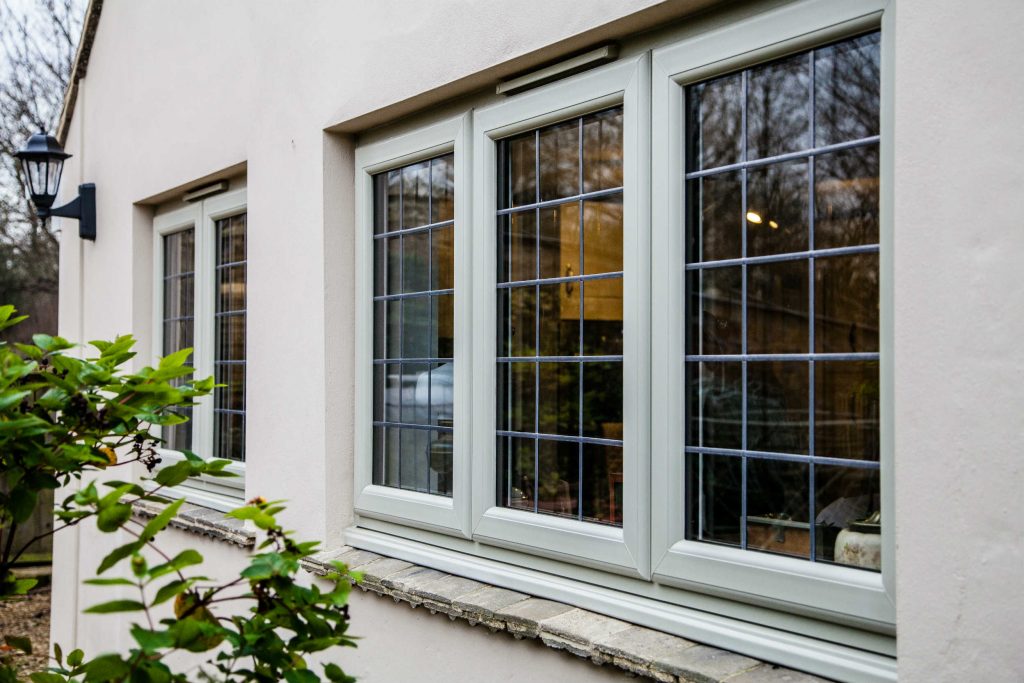All Categories
Featured
Table of Contents
Double Glazing Vs Triple Glazing For Windows (2023) in Gosnells Western Australia
That window can transfer more solar heat in winter season than in summertime. A west-facing window on a summertime's afternoon has an angle of occurrence from near 0 as much as 30 with a big effective area of solar radiation. A north-facing window, in summer season, has a high angle of occurrence and a low reliable location of solar radiation, so can transfer less heat than a west-facing one.

You can rapidly and easily enhance the thermal efficiency of your home by replacing your windows. There are thousands of types of glass and frames to pick from.
What Are Double Glazed Windows? in Mariginup Perth
There are lots of various kinds of glass products to pick from. Single glazing utilizes a single pane of glass. Single glazing with clear glass is not very effective when it pertains to heat loss or gain. To improve performance, you can utilize single glazing with a more energy-efficient kind of glass such as low emissivity (low-e) glass.
The energy performance of IGUs also depends on: the homes of each layer of glass. Various glass types (for example, clear and low-e glass) can be put together in an IGU.
Double Glazed Windows Brisbane in Wembley Downs Western Australia

IGU cavities can be filled with air or a more inert, low-conductivity gas such as argon the width of the cavity. Wider cavities offer lower (better) U values, with 12mm normally accepted as the preferred gap how well the cavity is sealed.
If argon is set up to the cavity in location of air, wetness is dependably left out the level of desiccant (drying representative). The spacer (metal or polymer strip) that separates the glass layers contains a desiccant to take in any moisture. Inadequate desiccant may cause wetness to condense on the glass surface area in cold conditions, lowering thermal performance.
What Is The Best Glazing For My Home? - Part 2 in Shoalwater Perth
In fact, IGUs can provide much better energy efficiency for all environments, especially in heated and air-conditioned houses. Cross-section information of single, double and triple-glazing systems Low emissivity glass (frequently understood as low-e glass) lowers heat transfer. Low-e glass may be either high or low transmission: High transmission low-e glass has a finishing that allows daylight from the sun to pass into your home to attain good solar heat gain, however lowers the quantity of the long wavelength infrared heat that can get away back through the window.
Low-e glass has either a pyrolytic finishing or a vacuum-deposited thin film metal coating. Pyrolytic coverings are long lasting and can be utilized for any glazing; vacuum-deposited finishings are soft and are just used within IGUs. Low-e coatings can considerably improve both U worth and SHGC; nevertheless, they need to be used properly or they will either weaken or fail to perform as required.
Double Glazing - Albury - Twin Cities Glass in Hamersley WA
Low-e coatings can be used in combination with clear, toned or reflective glass. Low-e coatings on glazing can lower heat transfer where needed Image: Department of Market, Science, Energy and Resources Toned glass has actually colouring ingredients included throughout manufacture. It is readily available in numerous colours, normally bronze, grey, blue and green.
Table of Contents
Latest Posts
Triple Glazing Vs. Double Glazing: What Are The Differences? in North Beach Western Australia
What Are The Best Upvc Windows For Summer in Secret Harbour WA
Why Is Double Glazing So Important In Winter? in Yanchep WA
More
Latest Posts
Triple Glazing Vs. Double Glazing: What Are The Differences? in North Beach Western Australia
What Are The Best Upvc Windows For Summer in Secret Harbour WA
Why Is Double Glazing So Important In Winter? in Yanchep WA